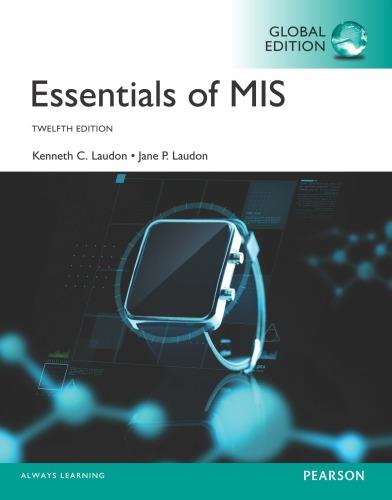Question
The Phillips curve and overstimulating the economy Consider the relationship between the changes in inflation rate and the output gap, called the Phillips curve. This
The Phillips curve and overstimulating the economy
Consider the relationship between the changes in inflation rate and the output gap, called the Phillips curve. This curve can be represented by the equation t = t1 + Y t where is the parameter that determines the slope of the Phillips curve.
Question 2.1 Draw a graph with a steep Phillips curve and a graph with a gently sloped Phillips curve. Explain how the two economies respond differently to a boom and to a slump. What are some factors that can affect the slope of the Phillips curve?
Question 2.2 Suppose the economy is producing output at its potential level and the inflation rate is equal to its long-run level, with = 2%. What happens if policymakers try to stimulate the economy to keep output above potential by 3% every year? How does you answer depend on the slope of the Phillips curve? Consider the slope 0.5 and slope 1.
Question 2.3 Consider the following situation. The economy starts in year 0 with inflation rate 0 = 2%. The central bank decides to stimulate the economy for three years and increases the output gap in years 1, 2 and 3 to 2%. In year 4, the output gap returns back to 0. In year 5, the central bank realizes that inflation is too high. How can the central bank use the Phillips curve to decrease the inflation rate back to the original level in just one year? Consider the case of = 0.5 and = 1. Plot the trajectory of the output gap and the inflation rate in years 0 - 6. Think about years 1, 2, 3 as the 1970s and year 5 as the Volcker disinflation.
Question 2.4 Why do we say that inflation keeps rising by 1 percentage points as opposed to 1%?
Step by Step Solution
There are 3 Steps involved in it
Step: 1

Get Instant Access to Expert-Tailored Solutions
See step-by-step solutions with expert insights and AI powered tools for academic success
Step: 2

Step: 3

Ace Your Homework with AI
Get the answers you need in no time with our AI-driven, step-by-step assistance
Get Started


